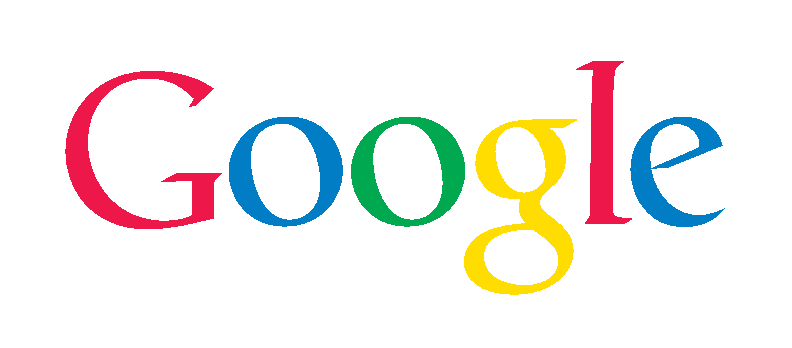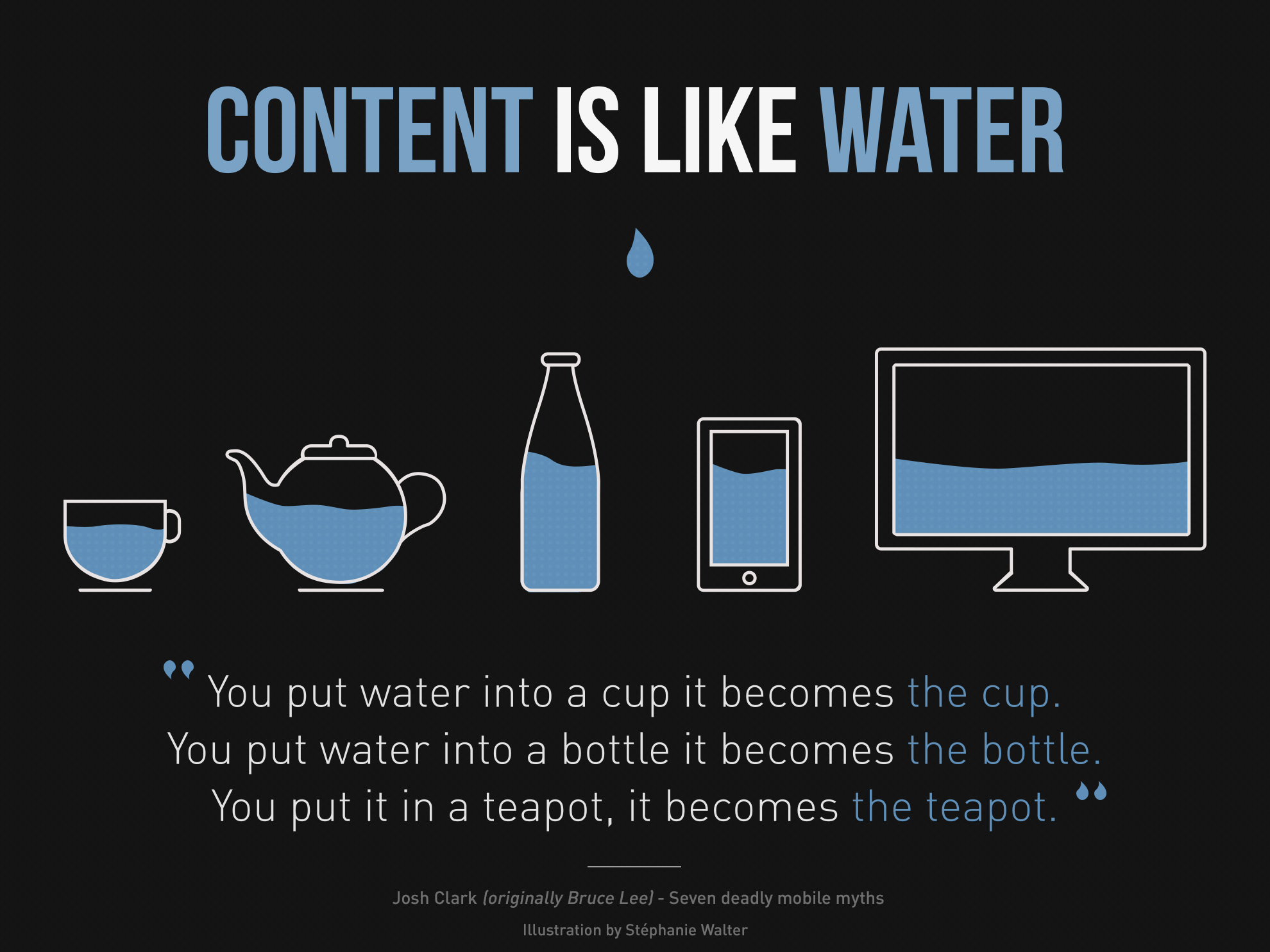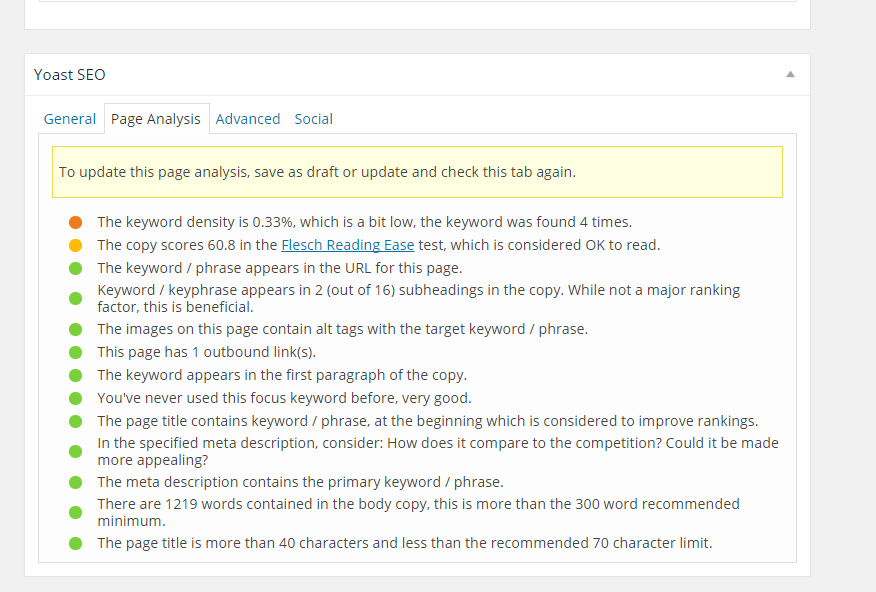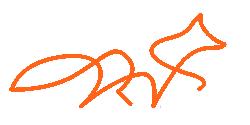
Google Organic Search Engine Optimization Basics
The information comes directly from Google’s Search Engine Optimization Starter Guide.
THESE TECHNIQUES WILL NOT HELP WITH FIRST PAGE RANKING
Google organic search engine optimization basics describes how to build a website organically with the focus on the end user. Google has described how to build a website organically with the focus on the end user. Google admits that these techniques will not help you get ranking on the first page but are necessary for creating a positive experience for the end user. These optimization topics apply to sites of all sizes and types.
HERE ARE SOME OF GOOGLES SUGGESTIONS:
- Search engine optimization is often about making small modifications to parts of your website. When viewed individually, these changes might seem like incremental improvements, but when combined with other optimizations, they could have a noticeable impact on your site’s user experience and performance in organic search results.
- You should base your optimization decisions first and foremost on what’s best for the visitors of your site.
- Focusing too hard on specific tweaks to gain ranking in the organic results of search engines may not deliver the desired results.
- Ultimate consumers are your users, not search engines. Designing your site around your visitors’ needs while making sure your site is easily accessible to search engines usually produces positive results.
1. Title Tags
The title is what is displayed on Google’s search results page. Your title needs to be unique for each page and can include location and/or main focuses or offerings.
- Use keywords in your title tag and avoid general descriptions (homepage).
- Be sure the title is relevant to content. Do not use a title that has nothing to do with content.
- Title tags contain 50-60 characters

2. URLs
Use URLs with words search engines and users can understand. If your URL contains relevant words, this provides users and search engines with more information about the page than an ID or oddly named parameter would.
- URLs are displayed in search engine results., make your URLs as simple as possible for both users and search engines can help.
- Use relevant keywords in your URLs.
- Long-tail URLs need to be understandable to humans and search engines.
3. Meta Description Tag
The description meta tag is used as a summary of the page. This contains a few sentences or a short paragraph that describes what the page is about. Google calls them snippets. If you do not define the snippet using description meta tags then Google will use what they think is relevant information from the page.
- Content should be relevant to the description meta tag.
- Use a different description meta tag for each page.
- Meta description is somewhere between 150 to 160 characters in length.
4. Navigation is crucial to SEO
Plan out your navigation based on your homepage, you should think about how visitors will go from a general page (your home page) to a page containing more specific content.
- For navigation, the focus should be on simplicity and ease of use!
- The navigation of a website is important in helping visitors quickly find the content they want.
Use Breadcrumbs
A breadcrumb is a row of internal links at the top or bottom of the page that allows visitors to quickly navigate back to a previous section or the home page
5. Use a XML Site map
A site map (lower-case) is a simple page on your site that displays the structure of your website, and usually consists of a hierarchical listing of the pages on your site. Visitors may visit this page if they are having problems finding pages on your site. While search engines will also visit this page, getting good crawl coverage of the pages on your site, it’s mainly aimed at human visitors. An XML Sitemap (upper-case) file. Using a Sitemap file is also one way (though not guaranteed) to tell Google which version of a URL you’d prefer as the canonical one.
- Put an HTML site map page on your site and use an XML Sitemap file
- Have a useful 404 page

6. Your website should contain quality content and services
Creating compelling and useful content will likely influence your website more than any of the other factors discussed here. This could be through blog posts, social media services, email, forums, or other means.
Consider creating a new, useful service that no other site offers. You could also write an original piece of research, break an exciting news story, or leverage your unique user base. Other sites may lack the resources or expertise to do these things.
- Write text that is easy to understand
- Stay organized around the topic- use subheadings, paragraphs and layout separation, breaking up your content into logical chunks or divisions helps users find the content they want faster.
- Create fresh, unique content- Google claims it tries hard to index and show pages with unique information.
- Refrain from using keywords unnecessarily
7. Use Anchor Text
Anchor text is the clickable text that users will see as a result of a link, and is placed within the anchor tag . Write better anchor text, href text tells users and Google something about the page you’re linking to. With appropriate anchor text, users and search engines can easily understand what the linked pages contain. The anchor text you use for a link should provide at least a basic idea of what the page linked to is about.
- Avoid things like “page”, “article”, or “click here”
- User relevant keywords
- Use short phrases, don’t use paragraph length
- Use anchor text on internal links as well as external links

8. Images with Alt Tags
You need to include alt tags on images. This is what describes the picture to users who are not able to see it. Robots can’t see the pictures either so it is essential to have alt tags to describe what the picture is about.
- Use keywords in the alt tag
- Avoid generic terms (pic1)
- Keep it short
9. Use heading tags appropriately
There are six heading tags H1 is the most important and H6 is the least important. Multiple heading sizes used in order create a hierarchical structure for your content, making it easier for users to navigate through your document. Think of it as creating an outline and use headings sparingly across the page.
10. Promote your website in the right ways
While most of the links to your site will be gained gradually, as people discover your content through search or other ways and link to it, Google understands that you’d like to let others know about the hard work you’ve put into your content. Effectively promoting your new content will lead to faster discovery by those who are interested in the same subject. Use social media to spread the word about articles, blogs, video, and info-graphics.

Google Organic Search Engine Optimization Basics Help
Don’t worry you do not have to remember any of these basics if you have Yoast SEO. It is a free WordPress plugin that outlines all these steps of title, heading, meta description, alt tags, and much, much more. Click on the link Yoast SEO to download the free WordPress plugin and simplify the SEO process.
